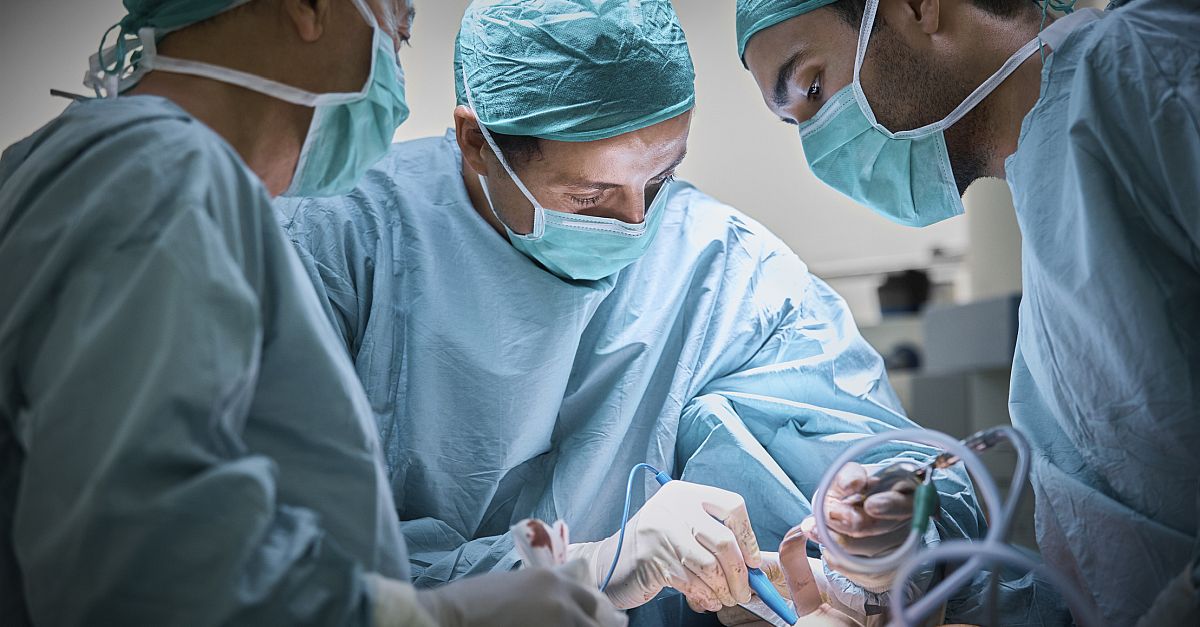 Aptitude Health spoke with Dr Pat Whitworth, a breast surgical oncologist and director of the Nashville Breast Center in TN, USA, and one of the co-founders of TME BCN, recently acquired by Aptitude Health. This article is part of our Expert Perspectives series, and in this article we gain Dr Whitworth’s perspective on current breast cancer surgical practice. He has served as chair of the board of directors for the American Society of Breast Surgeons (ASBrS), chair of the Research Committee for the ASBrS, and vice chair of the Breast Committee for the American College of Surgeons Oncology Group. He has served as principal investigator, investigator, or co-investigator for numerous National Cancer Institute- and industry-sponsored clinical trials. Here is a recap of our discussion:
Aptitude Health spoke with Dr Pat Whitworth, a breast surgical oncologist and director of the Nashville Breast Center in TN, USA, and one of the co-founders of TME BCN, recently acquired by Aptitude Health. This article is part of our Expert Perspectives series, and in this article we gain Dr Whitworth’s perspective on current breast cancer surgical practice. He has served as chair of the board of directors for the American Society of Breast Surgeons (ASBrS), chair of the Research Committee for the ASBrS, and vice chair of the Breast Committee for the American College of Surgeons Oncology Group. He has served as principal investigator, investigator, or co-investigator for numerous National Cancer Institute- and industry-sponsored clinical trials. Here is a recap of our discussion:
In your opinion, what is the most important achievement in breast cancer surgery over the last few years?
The answer to that is multifaceted, because we’re doing things in a more targeted way in general. In other words, we are better matching the treatment to what the patient has in terms of biology and what she prefers. In the past, we had a one-size-fits-all approach—everybody got a radical mastectomy. Over time, we have moved away from that one-size-fits-all model, now we are de-escalating surgery. We’re de-escalating radiation. We’re de-escalating systemic treatment in cases where we don’t need those aggressive approaches. For example, when the patient is a woman with a more benign type of breast cancer that’s less life-threatening, maybe she’s in her 70s or older . . . we’re not putting her through things that a patient with a much more aggressive lesion might need.
We’re better at matching what the patient needs with what we do, so more specifically, one of the biggest advances is neoadjuvant treatment, treating the patient with whatever systemic treatment is appropriate for her tumor prior to doing surgery. This gives us information about how well that tumor will respond, and it’s an indicator of how effective that medicine might be if there were cancer cells somewhere else in the body. And of course, that’s the reason we give those systemic treatments most of the time now. So, we have learned that in certain cases, for patients with HER2+ breast cancer or with what we call basal-type breast cancer (also called triple negative, although the group is bigger than just the triple negatives), that it’s often best to treat them first because it puts the multi-disciplinary team in a position to improve survival overall. In that group of patients, we used to say, “Let’s just shrink the tumor and make the surgery better.” But we’ve now learned that it tells us if that medicine was the right medicine. And it also tells us if the patient will need another type of medicine afterwards. We’ve really made a tremendous amount of progress regarding those more aggressive tumors and determining whether the medicine we’re using works for those patients or not. So, a lot of progress has been made in terms of matching the treatment to the disease and in de-escalating when we can.
By contrast, what is your biggest disappointment and your hope for the future?
Well, the biggest disappointment is more of a long-term issue that can’t really be changed, and it’s that the speed with which we are implementing these improvements is not very fast. Part of that has to do with the fact that when we make changes in how we treat breast cancer patients, we must be very careful, and we can’t just go on our own opinion. We need to have good proof/evidence that what we’re changing to is better.
And yet there is a lag time between when we discover and know that something is better, and when that gets implemented in ordinary practice, so that women have access to those advances in care. That’s really an education problem. It’s more of a challenge to organizations like ours to make sure that we’re communicating those advances to the leaders in breast cancer care, whether they’re surgeons or medical oncologists or radiologists. The lag time between when we see an advance and when that advance is made accessible to the ordinary woman is longer than it needs to be. That’s why organizations like Aptitude Health, the Axess Network, and the other arms of the organization are really so important for providing best-practice care for women who have breast cancer, and the specialists who are caring for those women.
Have you seen improvement in the interactions and communication between surgeons, medical oncologists, and radiologists?
Yes, in fact that’s probably the biggest reason I’m excited about the Axess Network—bringing more targeted medical education to the TME Breast Care Network, because it does what we’ve been talking about and what we’ve intended to do for many years now, which is provide multidisciplinary care where the team of doctors taking care of the patient are all working together, talking to each other to come up with a collaborative plan to get that patient her best outcome. We do that in tumor boards right now, but that is at the point of care, not the educational level. I think it’s very important and very exciting that we have joined with the Axess Network, which is a very extensive network of expert and practicing medical oncologists. Together with our extensive network of breast cancer surgeons, it meets the spirit of what we’ve been working toward all along in caring for these patients.
What lessons can we learn from COVID-19 to avoid worsening outcomes due to impacts such as postponement of surgery and appropriate treatments?
There were 2 main problems during COVID-19 for patients with breast cancer. One problem was that women who were diagnosed with breast cancer were having their treatment delayed. That is something we want to avoid, if only for the fact that it’s distressing to patients. But we were able to handle that part of it pretty well, because for women with endocrine-responsive tumors, we could put them on their endocrine treatment in a neoadjuvant format. So those tumors were shrinking, and they were getting the treatment they needed. And the same was true for the patients who needed chemotherapy, or more or different systemic agents—we could start those treatments without having to bring the patient into the hospital and without requiring much of an inpatient stay.
The biggest problem of all was that women were not getting the screening they needed for early detection, either because the hospital had shut down the screening program or because they were afraid to go to a hospital and risk COVID-19 exposure. So, I think that is the biggest problem we saw. I do think that we saw a shift, where patients were being diagnosed at later stages. I think we’re coming back around and getting that problem under control now, but did we learn a lesson about the future? I’m not sure what the lesson would be other than we need to provide some safe screening mechanisms for women in a situation like a pandemic where they can be confident that they’re safely getting the screening they need. But that’s probably a bigger question that I do not have an answer for.
Is there anything else you would like to mention regarding breast cancer management?
Yes, actually 2 things. The most exciting things that are happening right now in addition to what we just talked about are antibody-drug conjugates like trastuzumab deruxtecan. This is a new approach to treating some of the deadliest tumors we’ve had that really targets that tumor and the tumor cells around it. These tumors may not be as easy to target, so the antibody-drug conjugates are a very exciting part of systemic treatment and in some cases much less toxic than the standard chemotherapy we once used. Also, the latest research in circulating tumor DNA assays, which promise to tell us not only what treatment works for a patient, but whether there is disease there or not.

